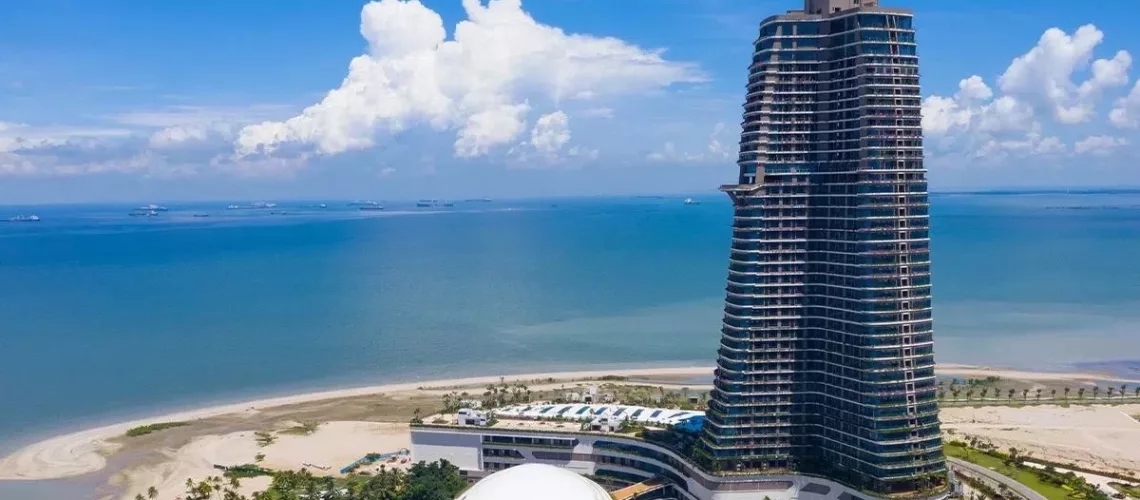Forest City’s Special Financial Zone (SFZ) in southern Johor has taken a major step forward by attracting its first two family offices, signaling early progress in the state’s broader push to draw in high-value investors through its economic partnership with Singapore.
CMY Capital Family Office and Yow Kee Family Office—both based in Malaysia—have received the green light from the Securities Commission to begin operations within the SFZ, according to Lee Ting Han, chairman of the Johor Investment, Trade, Consumer Affairs and Human Resources Committee.
Lee also shared that around 30 more companies, including firms from Malaysia, Singapore, and Thailand, have shown interest in joining the zone.
The SFZ is a central pillar of the Johor-Singapore Special Economic Zone (JS-SEZ) initiative. It offers attractive tax benefits, including corporate tax rates between zero and 5 percent, and a flat 15 percent income tax rate for knowledge-sector professionals. To access the zero percent tax tier, family offices must manage at least RM30 million (S$8.9 million) in assets.
While the final framework for these incentives is still being finalized by Malaysia’s Ministry of Finance, approvals are being fast-tracked with a case-by-case review process. Major investors are also being offered tailored incentive packages.
To make the setup process smoother for investors, the Johor government has launched the Invest Malaysia Facilitation Centre – Johor. This one-stop service hub has already handled over 250 inquiries since January and assigns dedicated account managers to help investors navigate local and federal procedures.
The SFZ is seen as a potential game-changer for Forest City—a controversial US$100 billion mega-project involving four artificial islands off Johor’s coast. A joint venture between China’s Country Garden Group and Esplanade Danga 88 (a firm linked to the Johor state and its Sultan), Forest City was originally designed to accommodate 700,000 people by 2035. However, progress has been slow due to setbacks from the pandemic and financial troubles faced by the main developer. Today, occupancy is still below 1 percent.
Still, with the first wave of investors arriving, sentiment is shifting. Observers are hopeful that the SFZ, coupled with new incentives under the JS-SEZ, will help revive interest and investment in the area.
This wave of optimism follows February’s announcement by the Malaysian Investment Development Authority of a generous tax package for the JS-SEZ—highlighted by a 5 percent corporate tax rate for up to 15 years.
Rahman Hussin, senior partner at public policy firm Agyl & Partners, said the tax structure makes the JS-SEZ one of the most competitive options in Southeast Asia. He pointed out that its benefits are on par with or even better than those in Thailand’s Eastern Economic Corridor and Indonesia’s Batam Free Trade Zone.
UOB Malaysia senior economist Julia Goh added that the income tax incentives aimed at attracting talent are similar to those in Singapore and Hong Kong. She expects that the incentive offerings will continue to evolve to strengthen the JS-SEZ over time.




